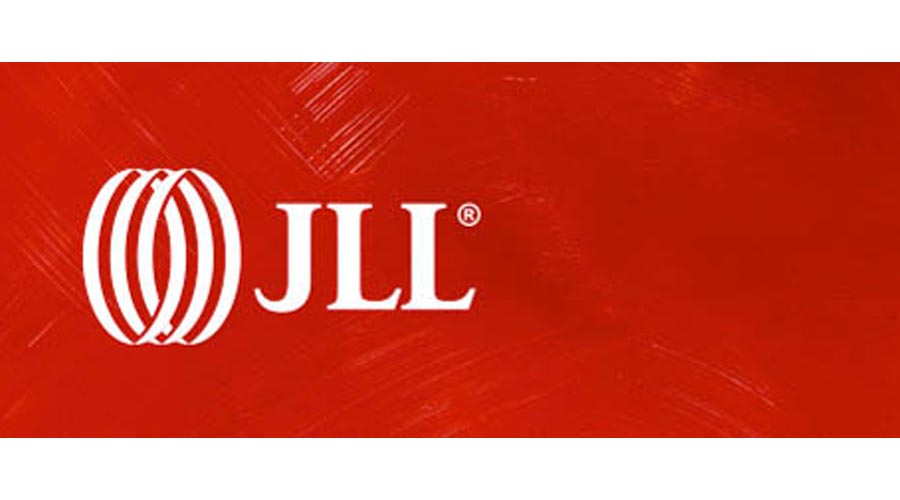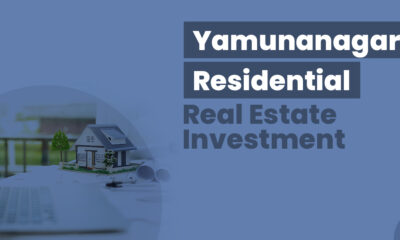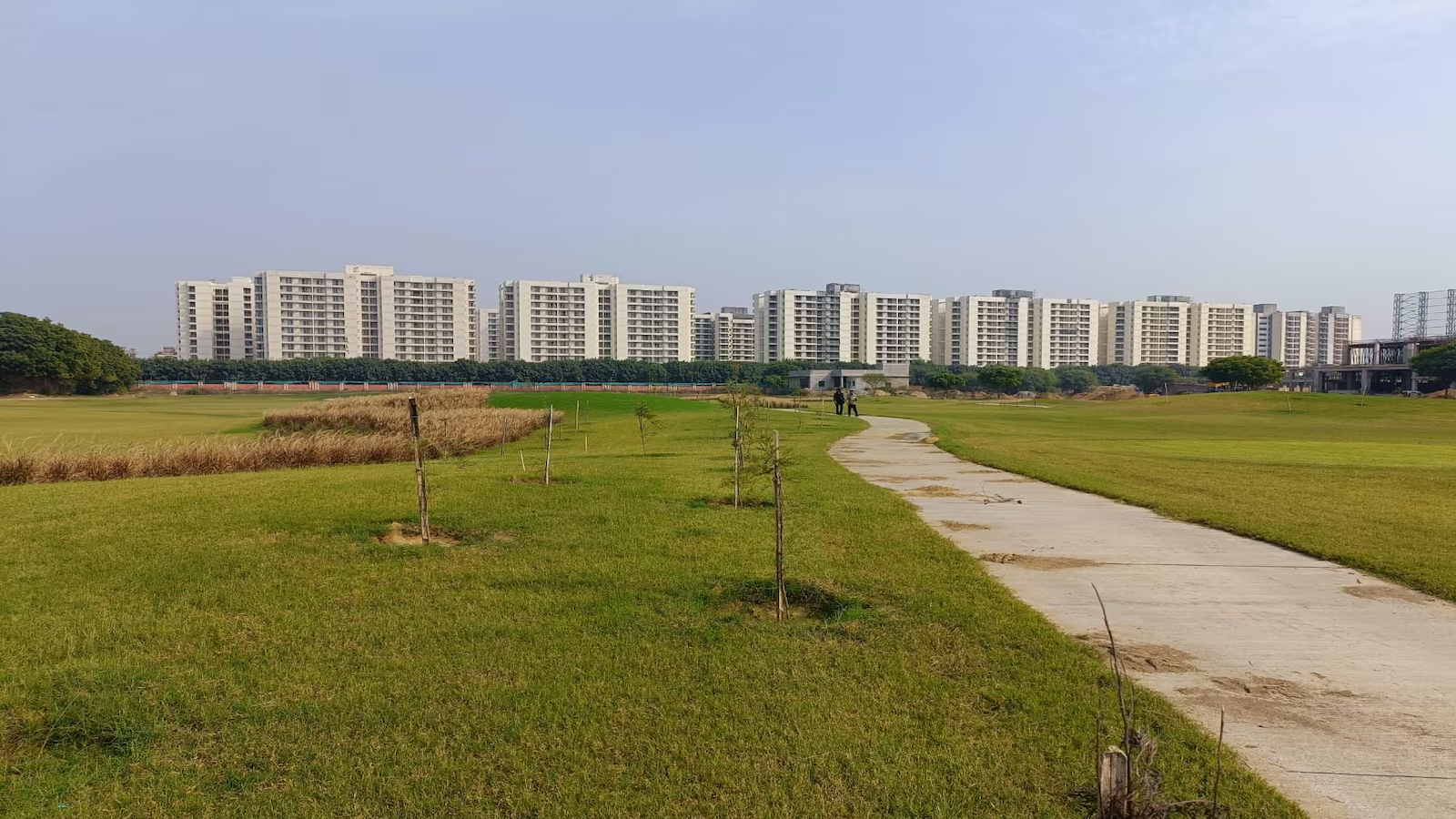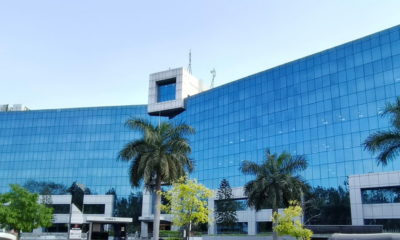Guest Column
Property investment To wait or to act now?




Among the closed circle of large investors, we hear that that the rally of real estate as an asset started in 2003 when the country’s GDP growth was hovering at 8 per cent and inflation was at 5 per cent. We also hear that in 2013, the trend reversed as India’s GDP growth hovered at around 5 per cent and inflation reached 10 per cent.
In such scenarios, informed investors believe that the price growth of physical assets like commodities and real estate slows down. With high inflation eating into the savings of the common man, available budgets do not encourage the taking of long-term investment calls. The middle income segment perceives that limited finances prohibit exposure to assets like gold and real estate.
Oversupply: Fact & Fiction
Over the last few months, many research and media reports have spoken of excessive real estate supply and slowing demand across many Indian cities. In such an environment, developers roll out discounts and extras that are not part of the normal offers. Despite sporadic incidence of such offers in some cities and locations, this trend is by no means a common one; it is limited to developers who are struggling to attract demand. However, market pundits continue to predict that it will catch up across the board very soon.
This has created an expectation that the first few months of 2014 will see a correction in property prices from developers across markets and projects. The obvious question that comes to the mind of hesitant property buyers is whether they should hold their purchase decisions in abeyance in order to benefit from a price correction, or make the best out of the current offers and discounts.
Economy: Here Comes The Sun
With the rupee weakening, exports-led sectors in India will do exceedingly well in 2014. The global economy is looking up once again, and export-centric sectors like information technology, automobiles, textiles, garments, diamonds and jewellery will be the early beneficiaries of this trend. Large corporate listed players like TCS, Infosys, Wipro and many other reputed IT companies are hiring more employees and planning to pay better salaries in the next increment cycle. This will lead to improved sentiments and the stock market is already reflecting this mood.
More pertinent to real estate is the fact that once the positive sentiment gathers forward momentum, fence sitters will rush to buy apartments. This will be a key trend to watch, especially in cities that are directly catering to these sectors — specifically Chennai, Bengaluru, Hyderabad, Pune and Gurgaon. Evidently, looking at the macro picture is becoming crucial when it comes to property investments. With exports-led sectors set to flourish in the improving economic climate, further fueled by the agriculture sector’s revival on the heels of an excellent monsoon in 2013, a pick-up in GDP growth by the third quarter of 2014 is definitely on the table. The multiple measures by the Central and state governments as well as the RBI to contain inflation will further improve market sentiments.
So far, so good. But what about the real estate supply overhung that has been so generously hyped by the media?
This has created an expectation that the first few months of 2014 will see a correction in property prices from developers across markets and projects.
With the rupee weakening, exports led sectors in India will do exceedingly well in 2014. The global economy is looking up once again, and export-centric sectors like information technology, automobiles, textiles, garments, diamonds and jewelry will be the early beneficiaries of this trend.
Once the positive sentiment gathers forward momentum, fence-sitters will rush to buy apartments. This will be a key trend to watch, especially in cities that are directly catering to these sectors — specifically Chennai, Bengaluru, Hyderabad, Pune and Gurgaon.
Infrastructure: Not Oversupply Is The Key
Most cities have pockets with excessive supply, as well as pockets wherein supply is severely constrained. Despite concern about economic growth and high inflation, areas with excessive supply will continue to see demand, and therefore price appreciation. As long as an area is seeing infrastructure development, it remains a safe investment bet.
However, areas which are not immediately in line for infrastructure enhancement, such as the far suburbs of Mumbai and many areas in Delhi NCR, are definitely avoidable. Budget-conscious home buyers gravitate towards areas which offer relatively lower real estate prices, but they will understandably not compromise on minimum livability and connectivity standards.
One last question remains unanswered — that of the elusive price correction versus the real, on-ground discounts and offers currently available.
Considering that sentiments are all set to improve on the back of increased corporate earnings and a revitalised capital market, the current sluggishness in property sales can continue for a maximum of two more quarters. This interim period is crucial for property buyers and investors, as the currently available deals and offers will continue for this period. The basis for this prediction is not conjecture, but the visible presence of economic factors that drive growth in the real estate sector. From this point onward, the clock is ticking and the countdown has begun.
(The writer is CEO, Res identical Services , Jones Lang LaSal le India)
-



 News3 weeks ago
News3 weeks agoKW Delhi 6 Mall Onboards New Brands
-



 News4 weeks ago
News4 weeks agoManasum Senior Living Launches IKIGAI GOA, A Senior Living Community in North Goa, in collaboration with Prescon Homes
-



 News2 weeks ago
News2 weeks agoGodrej Properties Sells Rs 3k cr+ Homes of Godrej Zenith, Gurugram, within 3 days
-



 News4 weeks ago
News4 weeks agoBridging India Divide: Top 5 Tier- 2 Cities to Focus On
-



 News3 weeks ago
News3 weeks agoCommercial Realty Gets Tech Savvy: Fast Construction, Enhanced Convenience
-



 News4 weeks ago
News4 weeks agoMultipoint Connection – A Definite Boon
-



 News3 weeks ago
News3 weeks agoRBI’s Status Quo on Key Policy Rates to Help Maintain the Real Estate Growth Momentum, Say Industry Stalwarts
-



 News1 week ago
News1 week agoOlive Announces Dhruv Kalro as Co-Founder























